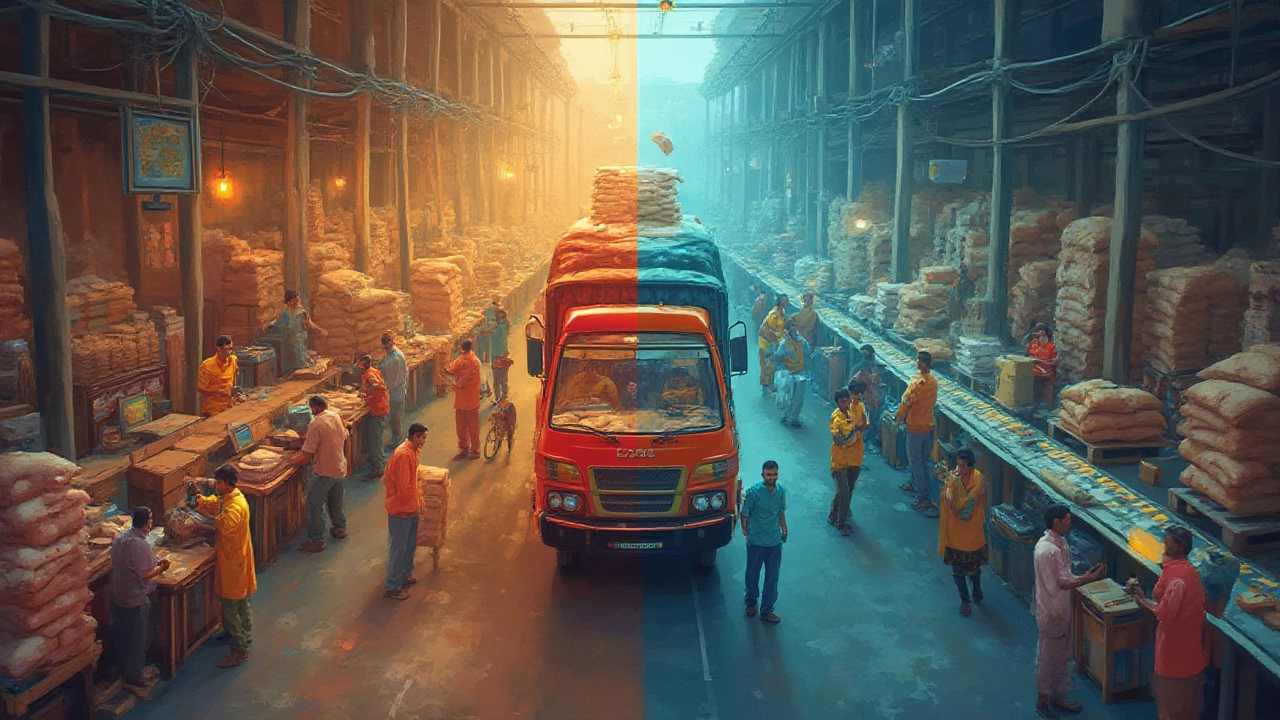Logistics vs E-Logistics: Key Differences in Modern Supply Chains
Curious about how e-logistics compares to traditional logistics? Explore distinct differences, practical examples, and real-world impacts on supply chains in plain English.
When you need something moved—from a motorcycle to a small parcel—you want it to arrive on time, in one piece, and without blowing your budget. That’s what we call a good delivery solution. In the next few minutes you’ll see the most common ways to ship, the factors that affect price and speed, and a quick checklist to pick the right service for your next move.
First, let’s break down the basic options you’ll encounter. Local couriers handle short‑distance drops, usually same‑day or next‑day, and they’re great for city‑wide moves like getting a bike from your home to a nearby garage. National carriers such as UPS, FedEx or local giants in India cover state‑wide routes with multiple speed tiers—standard, express, and overnight. Specialized freight focuses on heavy or oversized items; they use bigger trucks, trailers, or even trains. For motorcycles, many companies offer a dedicated bike transport service that includes padded cradles, secure straps, and door‑to‑door pickup.
Another growing segment is e‑logistics platforms. These are online tools that compare rates, let you book a pick‑up, and provide real‑time tracking—all from your phone. If you’re comfortable with tech, they often shave off a few dollars and give you more visibility on the journey.
Now that you know what’s out there, use this short checklist before you hit “book”.
When you match these factors with your budget, the right solution becomes clear. For example, a Chennai‑based bike owner often saves 15‑20 % by choosing a local bike transport company that offers door‑to‑door service, instead of a national carrier that charges extra for pickup.
Finally, keep an eye on hidden fees—fuel surcharges, handling charges for fragile items, and night‑time pickups can add up. A quick call to the provider to ask about any extra costs can prevent surprise invoices.
In short, a good delivery solution is the one that fits the item, the distance, the timeline, and the budget. Use the checklist, compare a few quotes, and you’ll get your bike, parcel, or cargo where it needs to go—quickly, safely, and without breaking the bank.

Curious about how e-logistics compares to traditional logistics? Explore distinct differences, practical examples, and real-world impacts on supply chains in plain English.